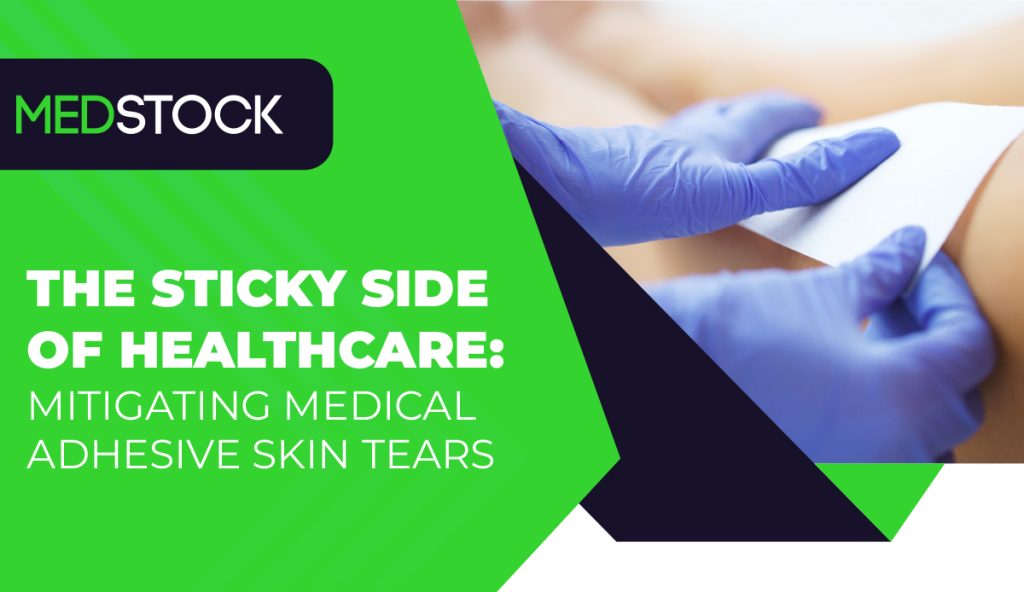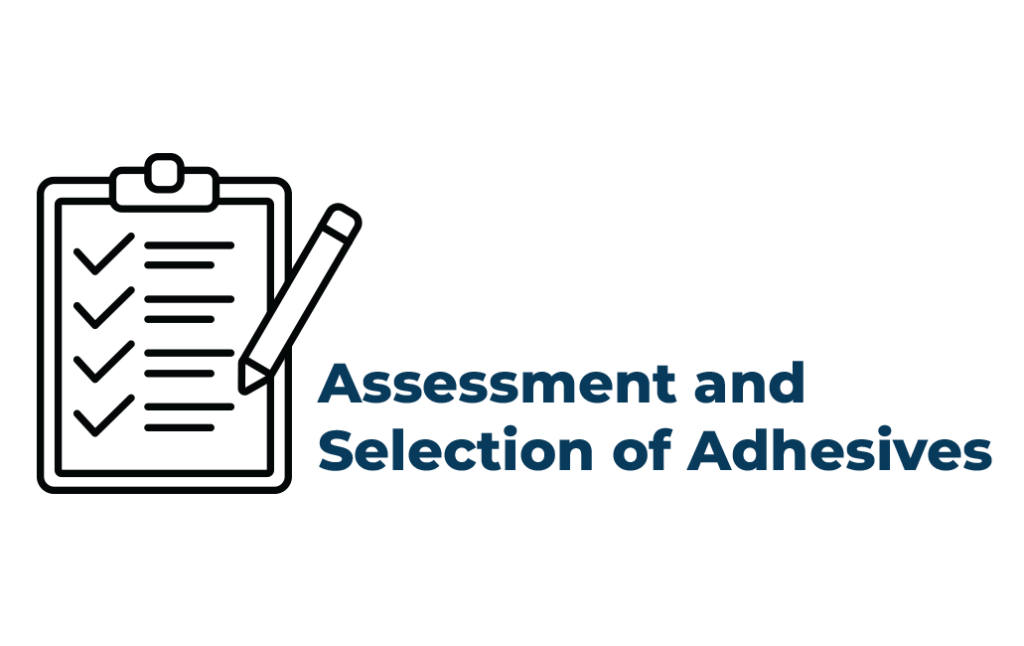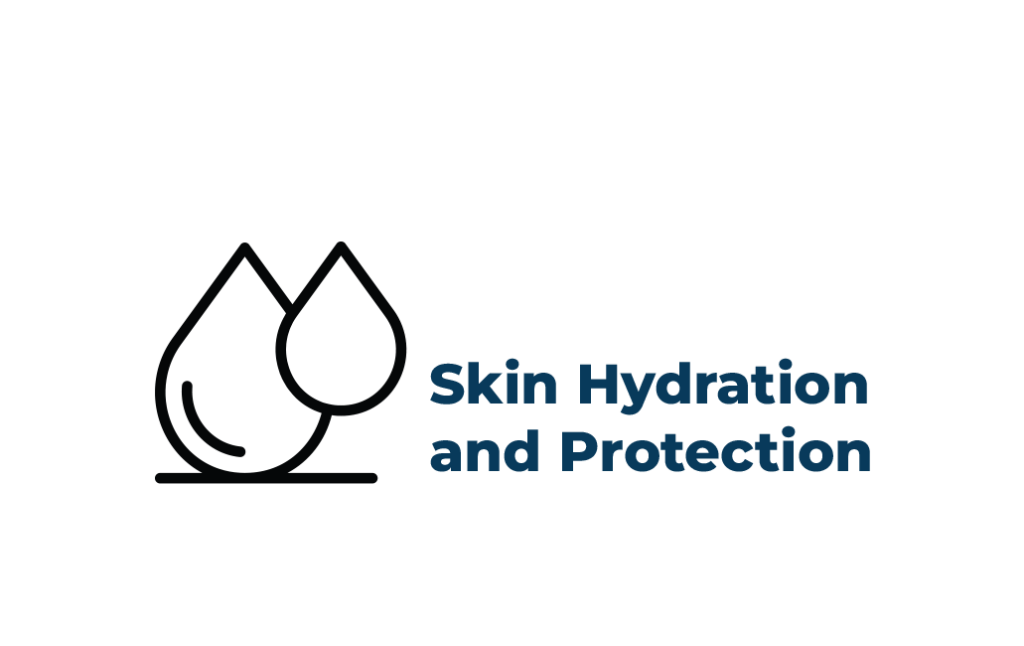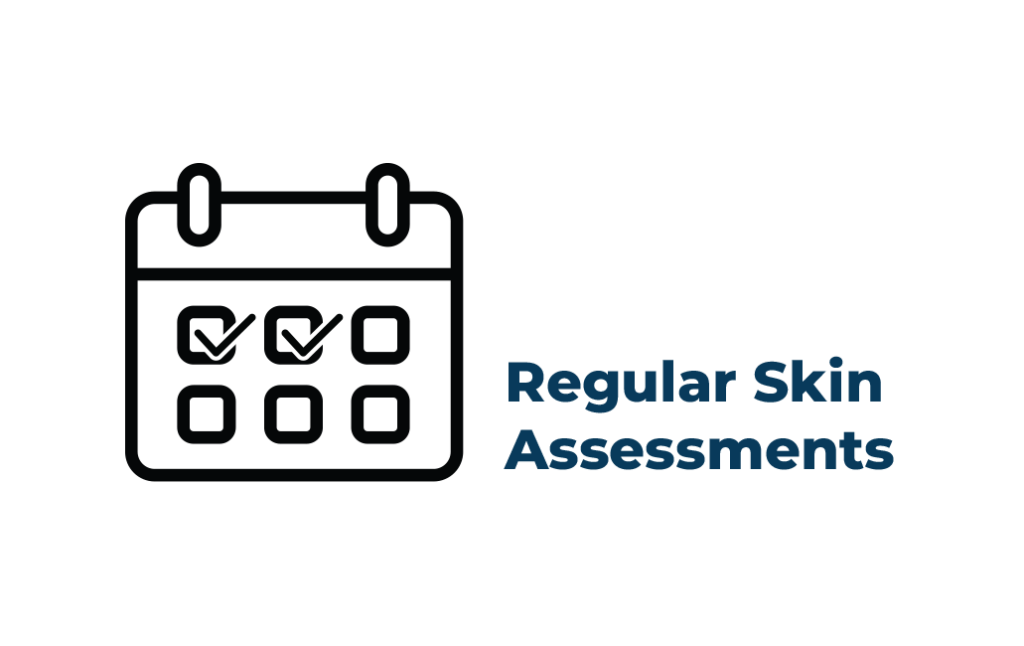
The Sticky Side of Healthcare: Mitigating Medical Adhesive Skin Tears
Skin tears, a common yet preventable injury, are particularly prevalent among vulnerable populations such as the elderly or those with delicate skin due to various medical conditions. Mechanical Medical Adhesive-Related Skin Injuries (MARSI)represent a specific category of these injuries that occur due to the application or removal of medical adhesives. Understanding how to prevent these injuries is paramount in healthcare settings to ensure patient comfort, reduce the risk of infection, and avoid additional medical complications. This article explores strategies for preventing mechanical MARSI and emphasises the global commitment to reducing these preventable injuries, highlighted by the establishment of “A World Without Skin Tears Day” by ISTAP on April 18, 2024.

Understanding MARSI
Mechanical MARSI can occur when adhesives used in medical tapes, dressings, or devices damage the skin. This type of injury is especially common among patients with fragile skin, such as neonates, the elderly, or those undergoing long-term steroid therapy. The prevention of MARSI is not only about reducing patient discomfort but also about improving outcomes by preventing infections and promoting faster wound healing.
Key Strategies for Prevention

Proper assessment of a patient’s skin and the careful selection of adhesives can significantly reduce the risk of MARSI. Clinicians should consider factors such as the patient’s age, skin condition, and the intended duration of adhesive application.
Silicone-based adhesives, for example, have been shown to cause less skin damage compared to traditional acrylate adhesives, making them a preferable choice for individuals at high risk of skin tears.
Healthcare professionals should be educated and trained in the correct application and removal techniques of medical adhesives. This includes understanding how to apply tension evenly and how to gently remove adhesives in a manner that minimizes skin stress. Ongoing education programs can help ensure that staff are up-to-date with best practices and new products that may offer safer alternatives for skin protection.


Maintaining skin integrity through proper hydration and the use of skin protectants can also play a crucial role in preventing MARSI.
Well-hydrated skin is less prone to tearing, and barrier creams can provide an additional layer of protection from adhesive trauma. The selection of appropriate moisturizers and protectants should be tailored to the patient’s skin type and condition.
Regular and thorough skin assessments are vital in the early identification of potential MARSI risks. These assessments should be conducted before the application of any adhesive product and periodically thereafter, especially for patients with known risk factors. Early detection of skin irritation or damage allows for timely intervention, such as changing the adhesive product or applying protective measures to prevent further injury.


APRIL 10th, 2025
Global Awareness: “A World Without Skin Tears Day” by ISTAP
The International Skin Tear Advisory Panel (ISTAP) has marked April 10, 2025, as “A World Without Skin Tears Day.” This global awareness day is a critical initiative for healthcare professionals, caregivers, and the public to unite in recognizing the impact of skin tears and to bolster efforts towards their prevention. It underscores the critical importance of education, awareness, and the implementation of best practices in the prevention of skin injuries, including mechanical MARSI.

Conclusion
Preventing mechanical MARSI is an essential component of patient care, requiring a multifaceted approach that includes the careful selection of adhesives, staff education, skin protection, and regular assessments.
The establishment of “A World Without Skin Tears Day” by ISTAP on April 10, 2025, further emphasises the global commitment to this cause, encouraging a unified approach to awareness, prevention, and treatment. Together, these efforts pave the way for improved patient care and a significant decrease in the prevalence of skin tears in vulnerable populations.
References
- Holmes RF, Davidson MW, Thompson BJ, Kelechi TJ (2013). “Skin tears: care and management of the older adult at home.” Home Healthcare Nurse, 31(2): 90-101.
- Moncrieff G, Van Onselen J, Young T (2015). “The role of emollients in maintaining skin integrity.” Wounds UK, 11(1): 68-74.
- LeBlanc K, Baranoski S, Christensen D et al (2016). “The art of dressing selection: a consensus statement on skin tears and best practice.” Advances in Skin & Wound Care, 29(1): 32-46.
- Wounds UK (2012). “Care of the older person’s skin: Best practice statement (2nd edition).” (Accessed 7/6/24).
- ISTAP (2018). “Best Practice Recommendations for the Prevention and Management of Skin Tears in Aged Skin.” Advances in Skin & Wound Care, 31(3): 50-64.
Disclaimer
This website does not provide medical advice. The information, including but not limited to, text, graphics, images, and other material contained on this website, is for informational purposes only. No material on this site is intended to be a substitute for professional medical advice, diagnosis, or treatment. Always seek the advice of your physician or other qualified health care provider with any questions you may have regarding a medical condition or treatment and before undertaking a new health care regimen. Never disregard professional medical advice or delay in seeking it because of something you have read on this website.








